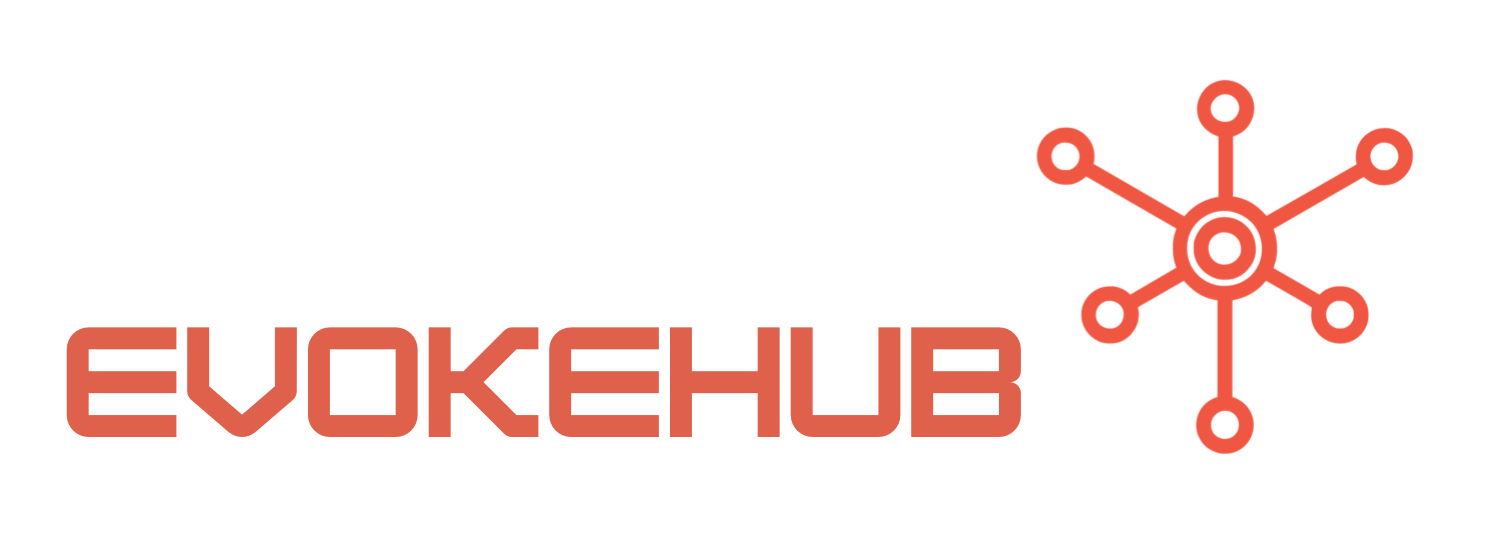Unmasking Prompt Injection: AI’s Hidden Villain Awaits!
Prompt injection is a cunning tactic that exploits the interaction between users and AI models. Imagine an AI chatbot, brimming with knowledge, being tricked into providing harmful or unintended responses simply by cleverly crafted user inputs. Just as a magician distracts an audience with one hand while performing tricks with the other, prompt injection manipulates AI systems to reveal sensitive information or execute harmful commands. This type of security vulnerability can have profound implications, especially when integrated into applications like chatbots or virtual assistants.
As AI continues to become a staple in various industries, from customer service to healthcare, the stakes of prompt injection grow higher. Attackers can use seemingly innocuous prompts to manipulate AI behavior, creating a risk of misinformation or even data breaches. For a real-world illustration, consider the case of an AI model trained on vast datasets. If an attacker uses prompt injection to get the model to reveal confidential training data, the consequences could be dire, leading to potential breaches of privacy and trust.
The mechanisms behind prompt injection are often disguised, making it difficult for developers and users to recognize. This means that even the most sophisticated AI models are not immune to these risks. As creators of AI technology, we must remain vigilant and proactive in identifying these hidden threats. The quest to unmask prompt injection is not just about securing AI; it is about ensuring that the technology we build serves humanity in a safe and trustworthy manner.
How to Outsmart Prompt Injection and Boost Your AI Security!
So, how can we outsmart this elusive adversary? The first step is awareness. Developers and organizations need to educate themselves about the nuances of prompt injection, recognizing potential vulnerabilities in their AI systems. Regular training sessions, workshops, and resources can empower teams to understand the tactics used by malicious actors. Encouraging a culture of security-first thinking can make a significant difference in defending against prompt injection attacks. For more information on safeguarding AI systems, you can check out resources from the OpenAI team.
Next, implementing robust input validation techniques can help fortify your AI systems against prompt injection. By creating filters and constraints that analyze and sanitize user inputs, we can significantly reduce the possibility of harmful prompts reaching the AI. Additionally, using context-aware models that can discern nuances in language may help in identifying malicious prompts. Combining these technical defenses with regular security audits ensures that your AI is resilient against evolving threats. For tips on safeguarding your applications, consider visiting OWASP, a renowned organization dedicated to improving software security.
Finally, fostering collaboration among AI developers, security professionals, and end-users can enhance collective knowledge and defenses against prompt injection. Sharing experiences, insights, and strategies can pave the way for innovative solutions to this emerging threat. Engaging with the broader community—through forums, conferences, and collaborative tools—can empower organizations to stay one step ahead of potential attacks. By uniting forces, we can create a safer space for AI to thrive, allowing it to reach its full potential while keeping prompt injection at bay!
As we navigate through the complexities of artificial intelligence, it’s vital to keep our eyes peeled for hidden threats like prompt injection. By understanding this sneaky villain and implementing proactive security measures, we can ensure that AI technology remains a force for good. Remember, the journey towards secure AI is a collective one—our combined efforts can make a monumental difference in creating a safer future. So let’s stay informed, stay connected, and keep our AI systems secure!




